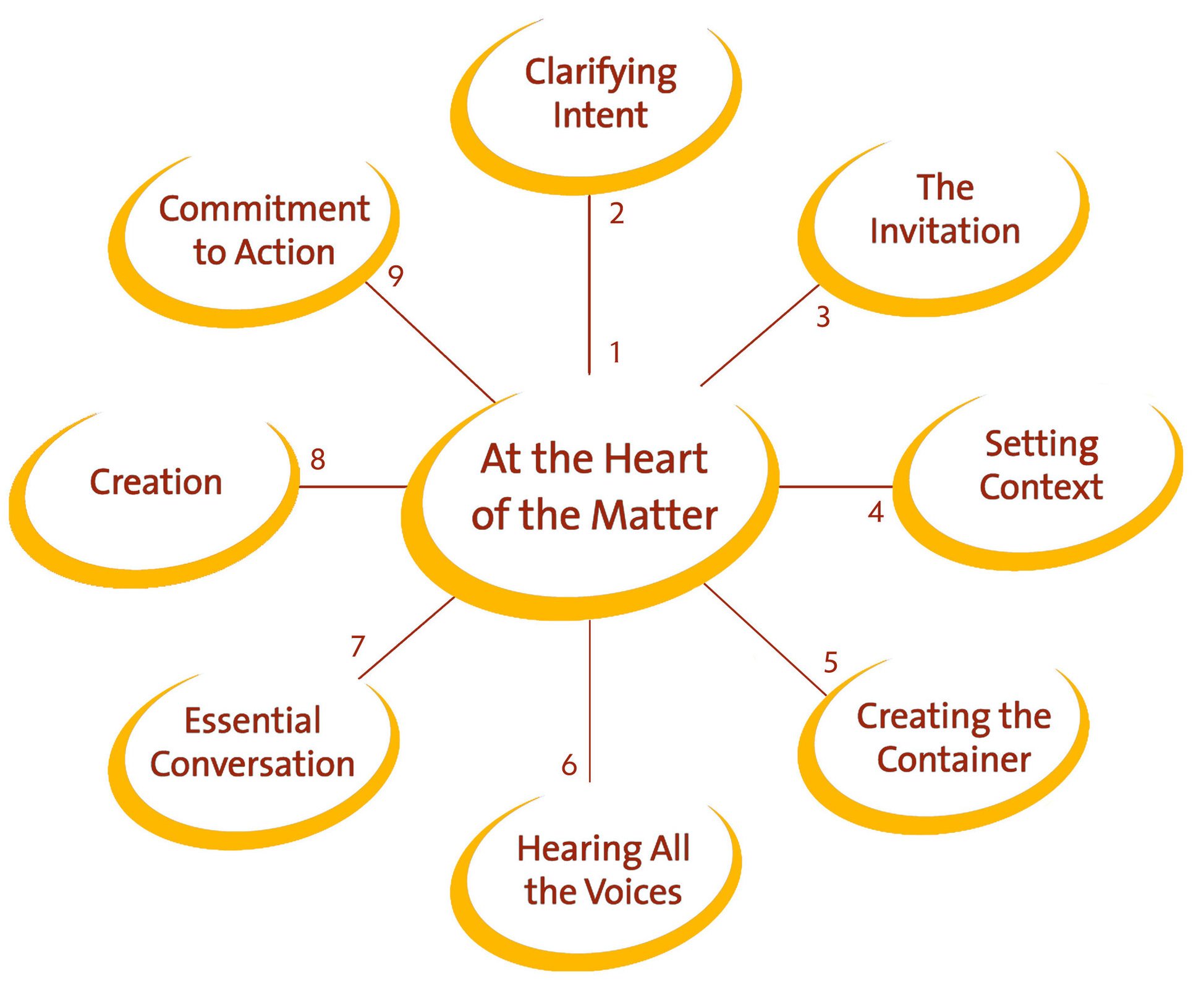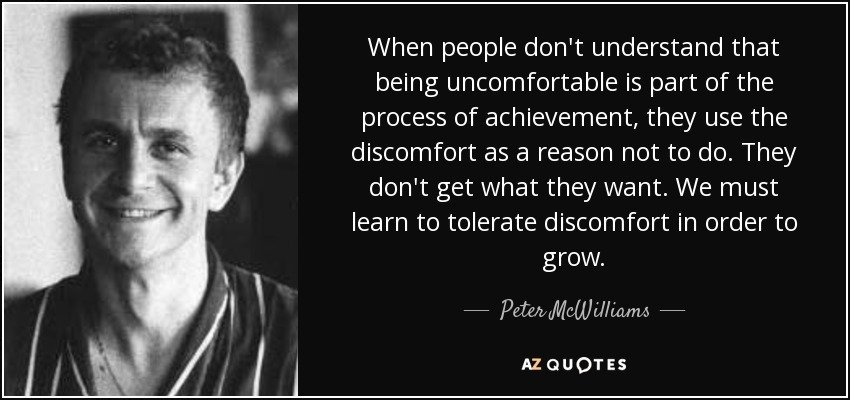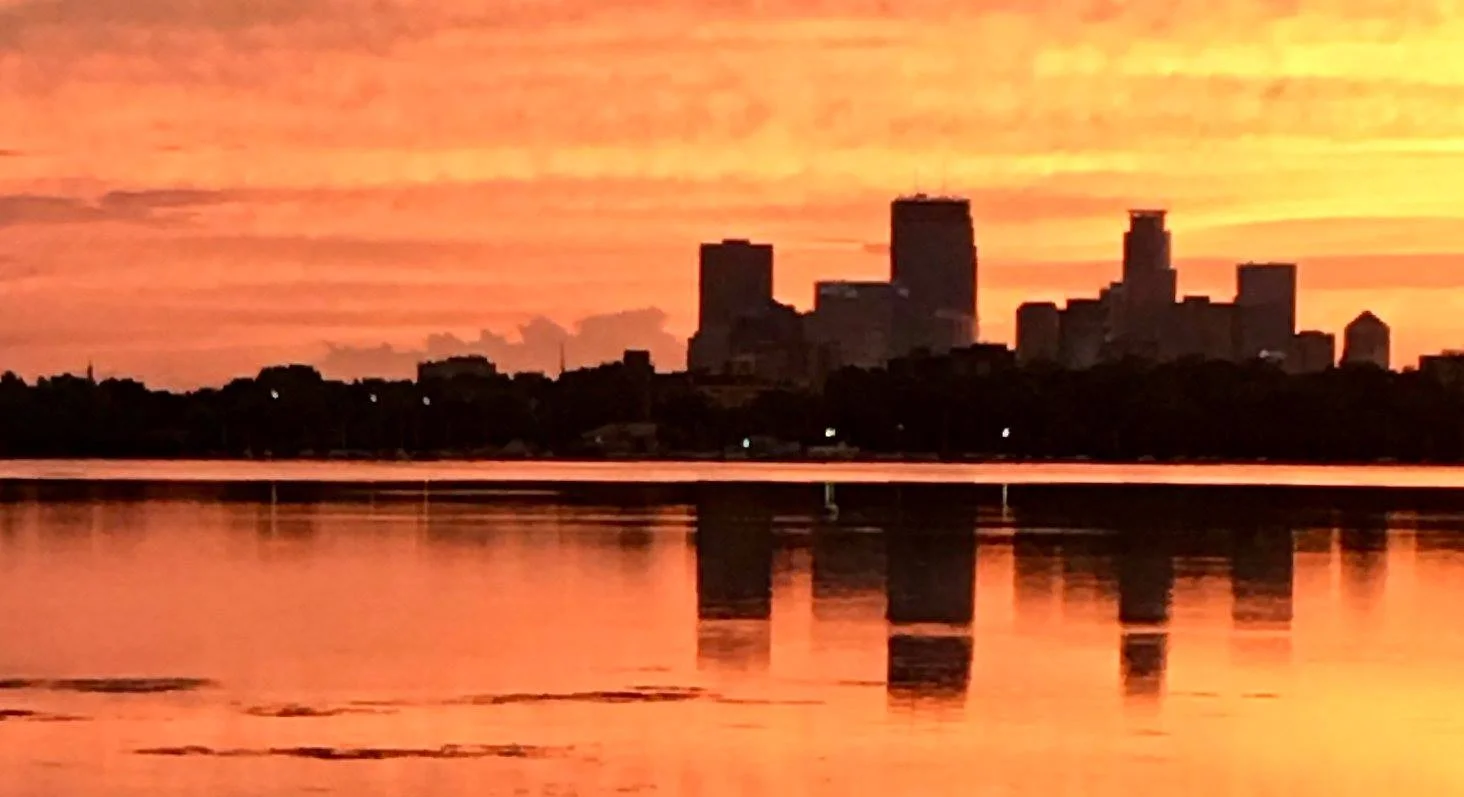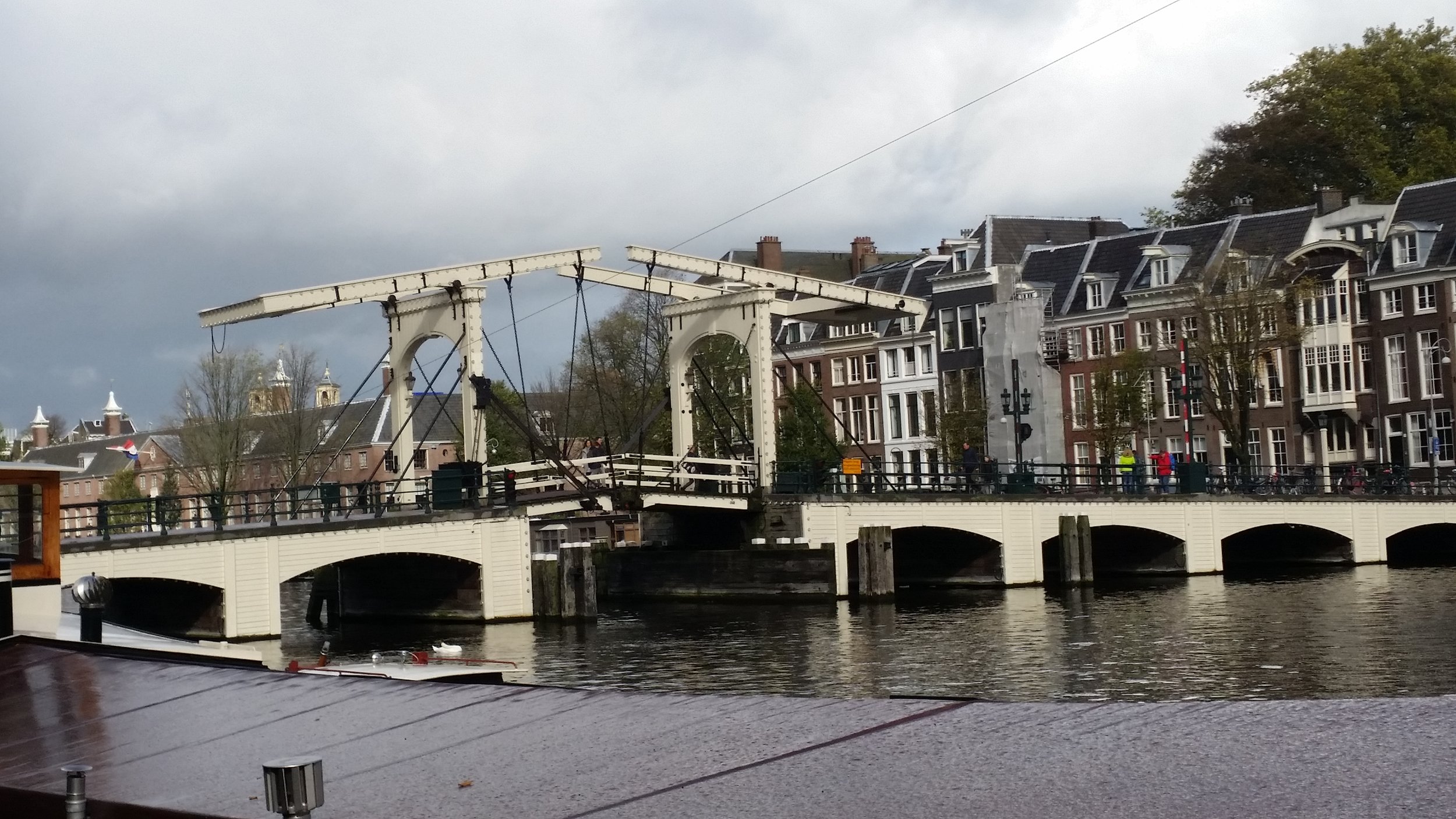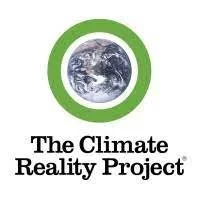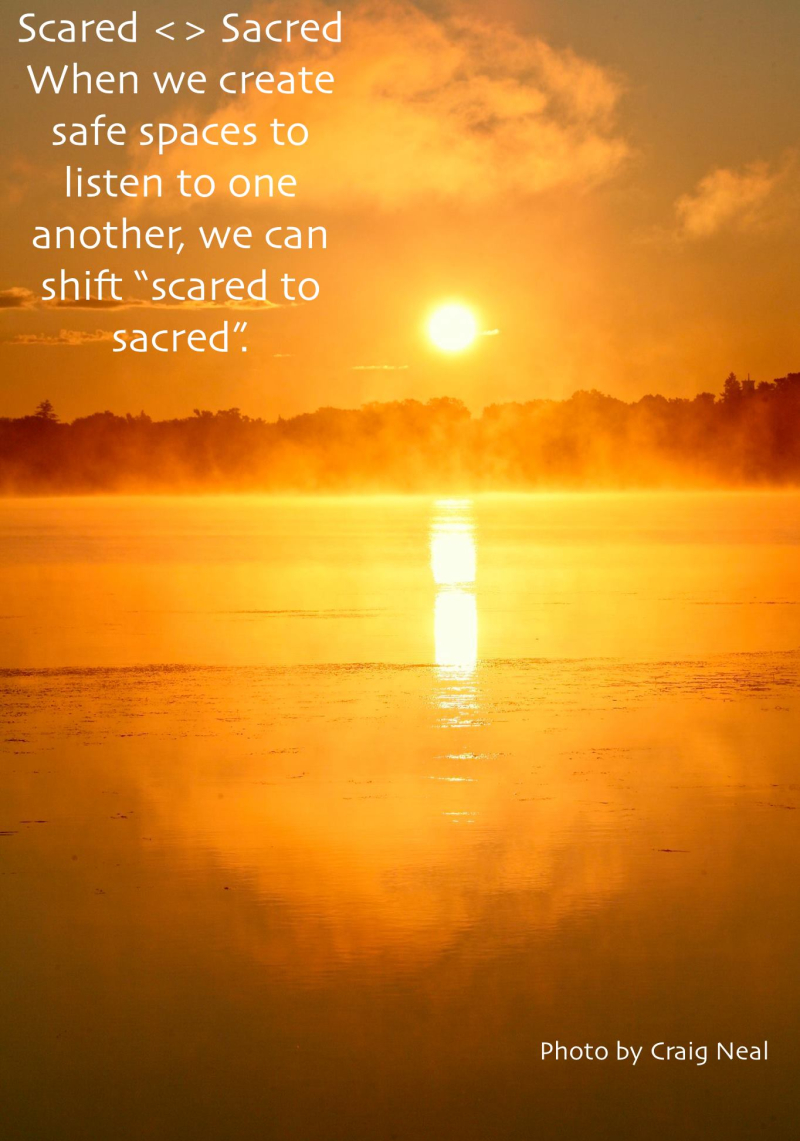Capitalism 3.0- Reinventing The Commons
/ Patricia Neal
PHoto credit: craig neal
Peter Barnes, Entrepreneur for the Common Good
Our VisionHolder interview on Weds. with Peter Barnes, co-founder of the pioneering socially responsible long distance phone co., Working Assets, and author of the upcoming Capitalism 3.0: A Guide to Reclaiming the Commons and Who Owns the Sky? is at it again, this time proposing an “upgrade” to the dominant world economic order by introducing radical yet tried and true proven concepts evolved out of “common trust”. It's basically an system upgrade, call it Capitalism 3.0, where we don’t scrap the old world order but activate a parallel more human-centric system based on our common trust....you know, our parks system, the air and sky, water, libraries, arts and culture and on and on...you get it. Not private or government. We leave them alone. It's not about shutting down the machine, but offering a radical yet subtle shift to what we already have....
If you think of the economy as a huge spreadsheet, with each cell representing a producer, consumer or property owner, you can see that the behavior of the whole is driven by the algorithms, or mathematical instructions, in the cells. Our current operating system is dominated by three algorithms and one starting condition. The algorithms are: (1) maximize return to capital; (2) the price of nature equals zero; and (3) property income is distributed on a per share basis. The starting condition is: the top 5 percent of the people own more property shares than the remaining 95 percent.
What algorithms to elevate? I'd nominate four: (1) preserve common assets, such as gifts of nature, for future generations; (2) live off income from shared gifts, not principal; (3) distribute income from shared gifts on a one person, one share basis; and (4) the more the merrier.
More from Peter in this thought-provoking thought piece.


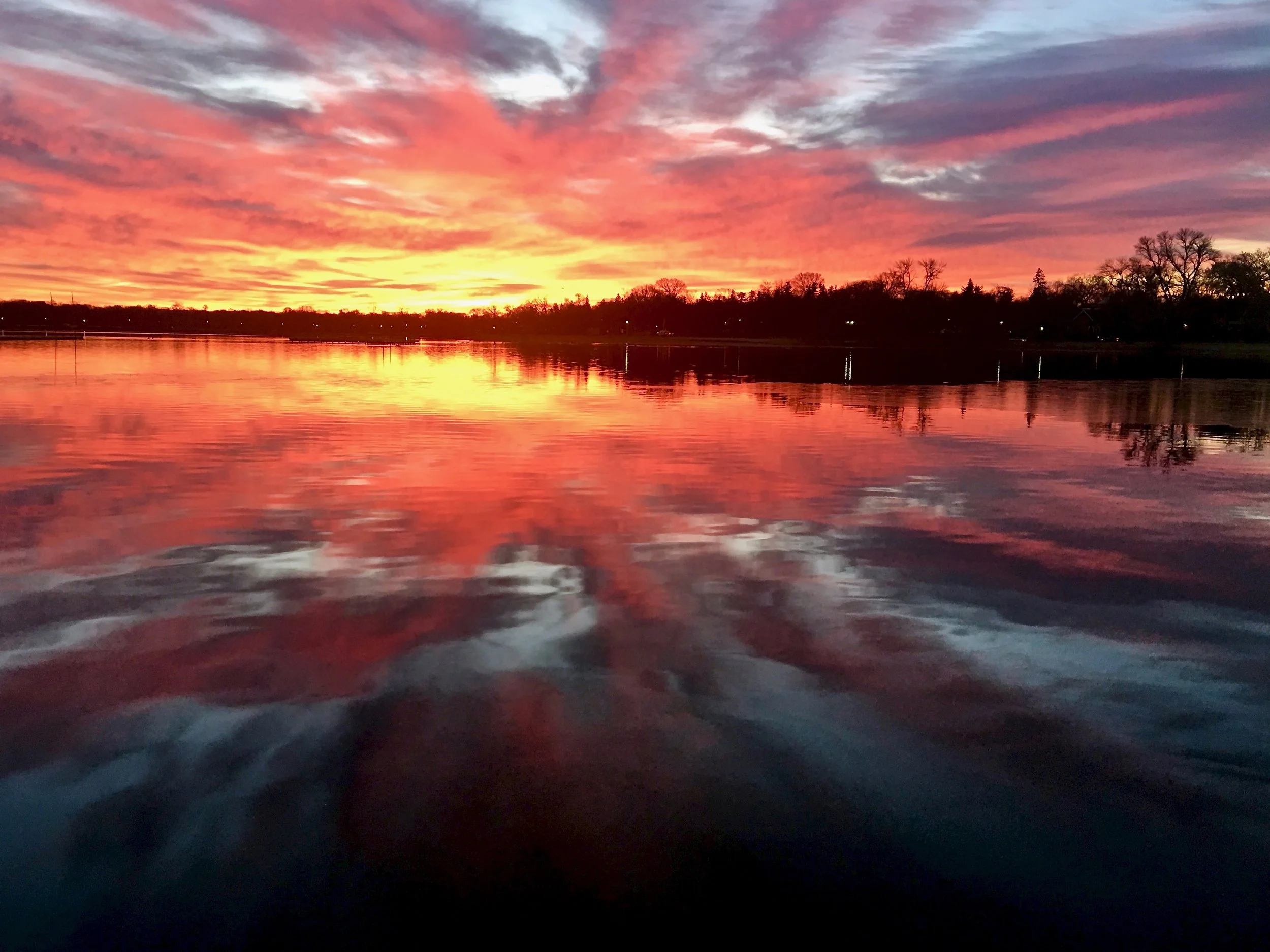



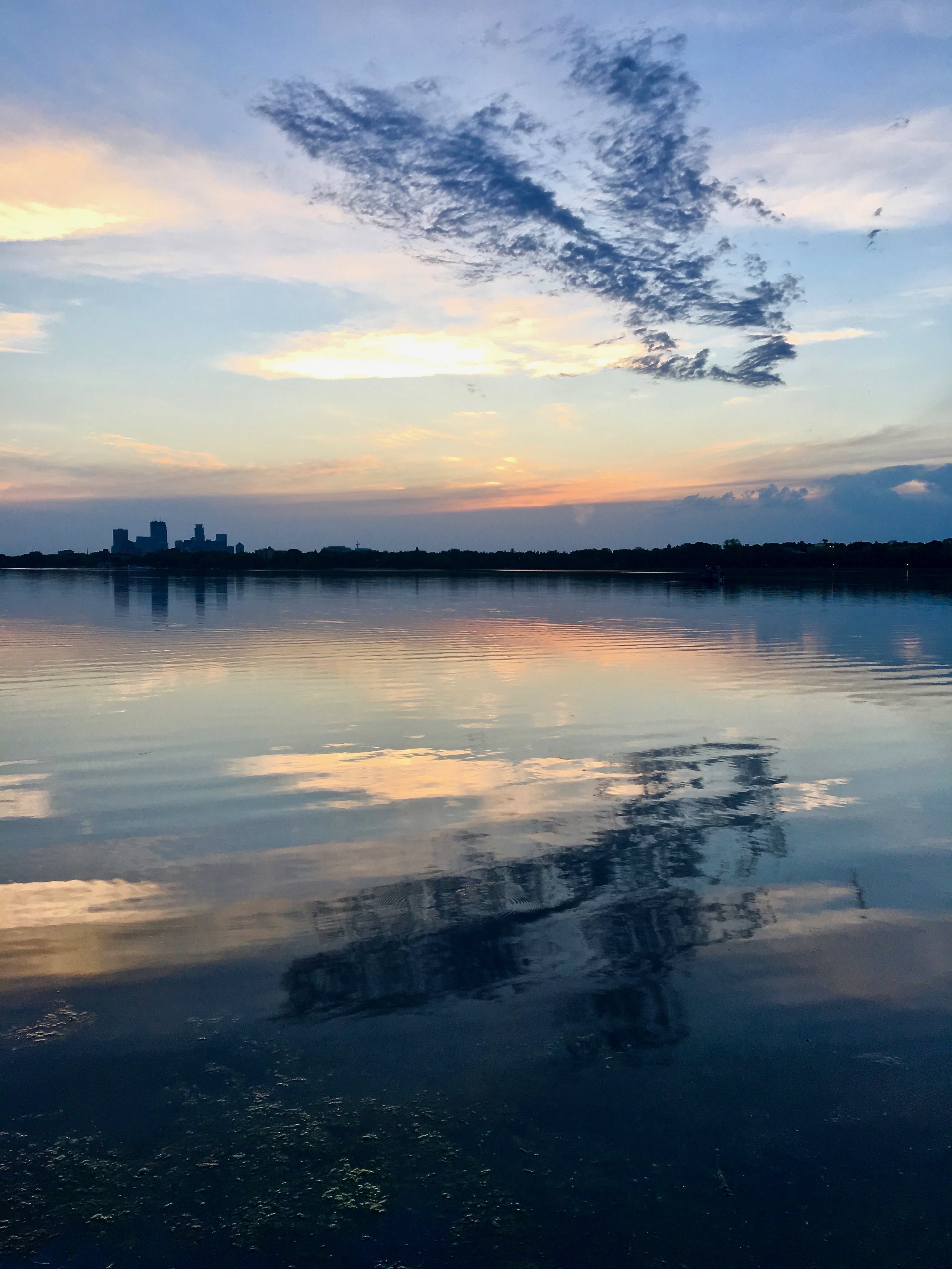




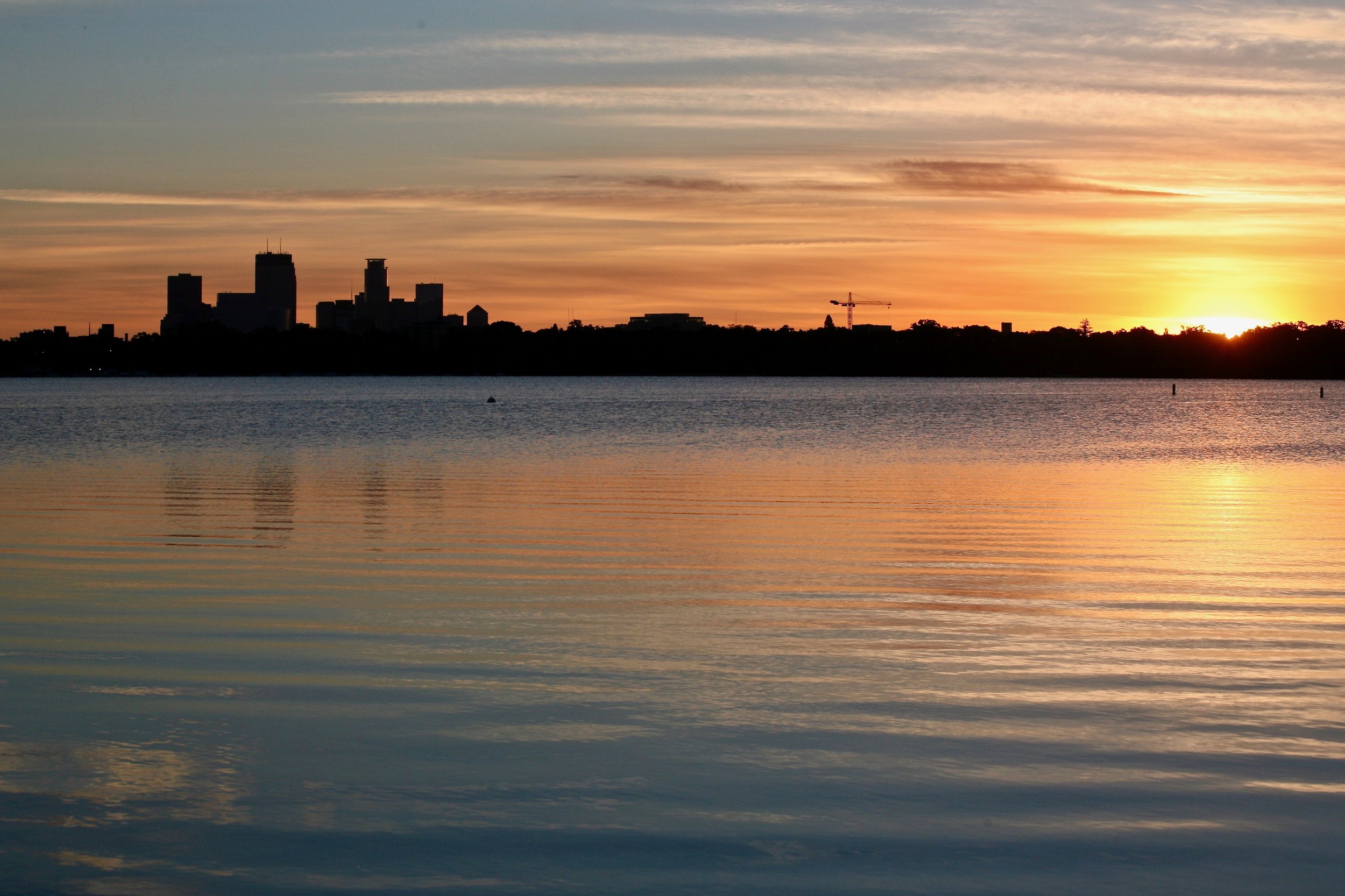





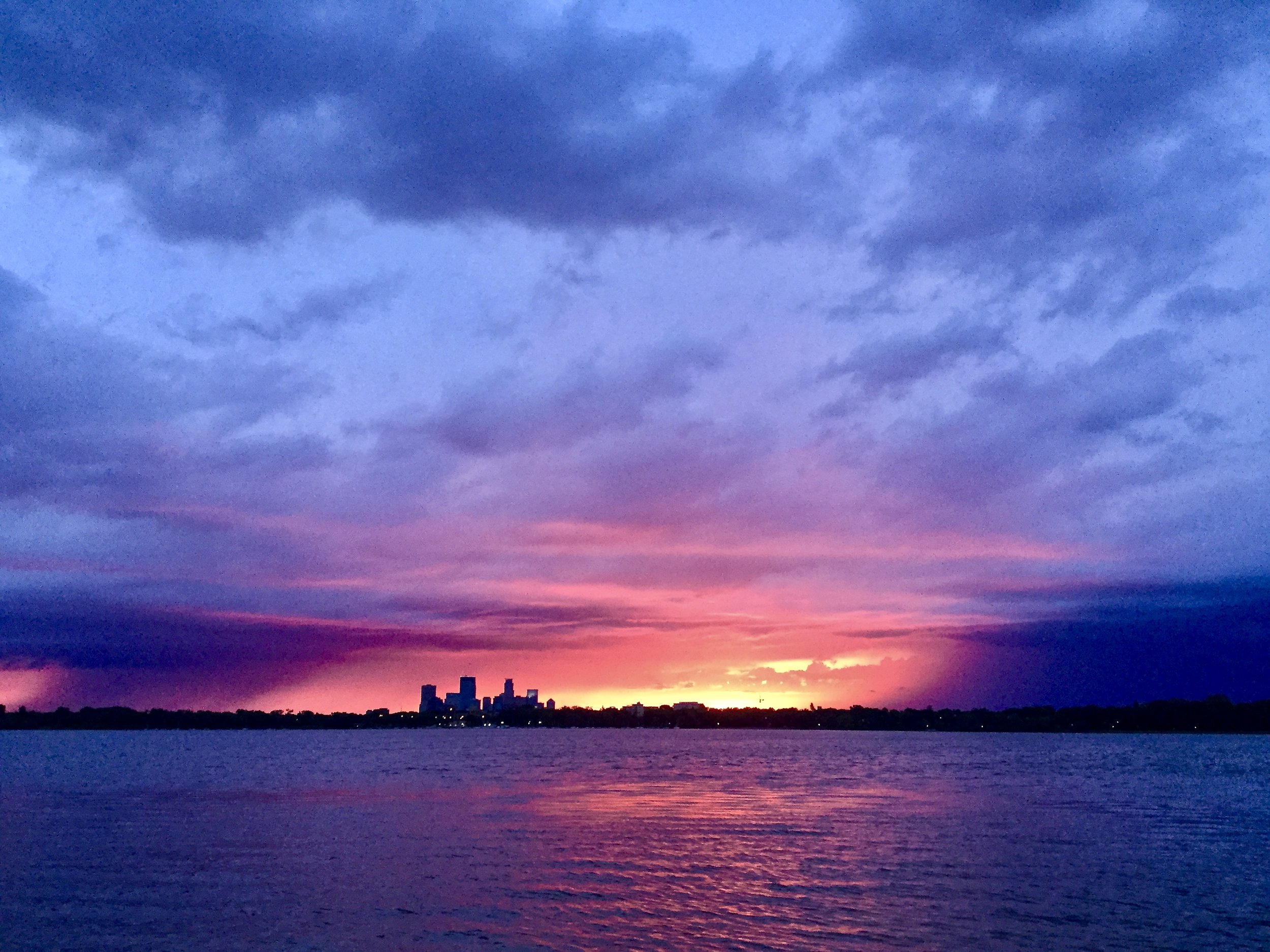

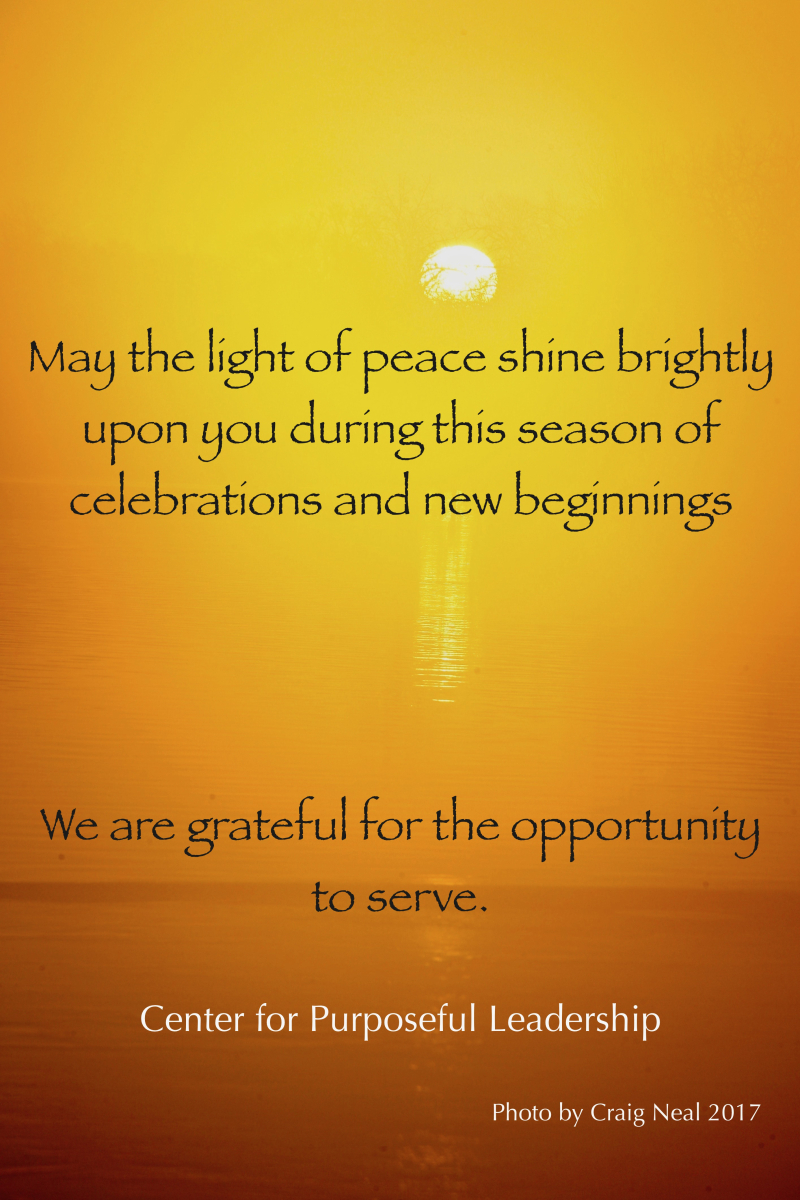





![[Hearth] Voices from Ukraine: Part 2](https://images.squarespace-cdn.com/content/v1/58a4e3be9de4bb98b066fd6f/1647955546471-VUGA4FCGFEUYJ29TEQVA/sunforest-mix-sunflower-types-1586794598.jpeg)

